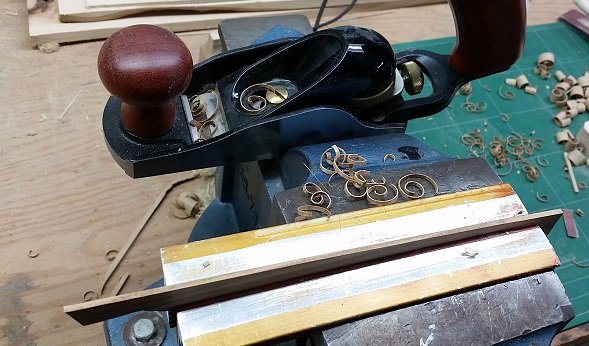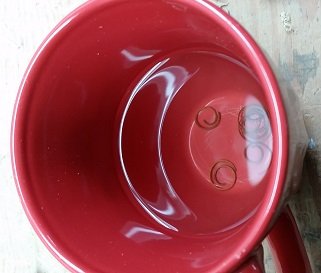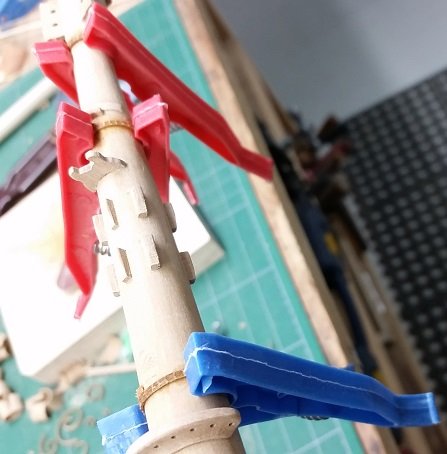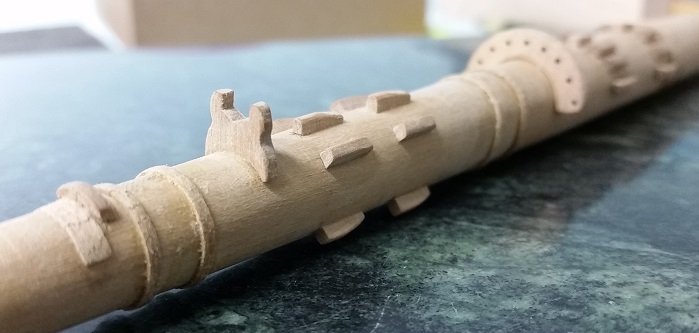-
Posts
2,812 -
Joined
-
Last visited
Content Type
Profiles
Forums
Gallery
Events
Everything posted by AON
-
-
Okay now, no parties of two or more, practise social distancing, and wash those darned hands sailor! - 1804
-
-
-
-
-
Arghhhhhhhh! He be a traitor for sure. Keel haul 'em and then hang 'em from the yard arm till he dries out. Then do it again!
-
Yes. Quite! At first I imagined it might have some Irish relationship and might had possibly been due to "the flight of the Wild Geese". But a quick google of the surname killed that idea.
-
-
-
One way to treat prisoners of war... a nice relaxing vacation in the low mountain region of Epinal, France. T'was a more civil time.
-
-
-
-
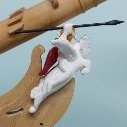
74-gun ship by Gaetan Bordeleau - 1:24
AON replied to Gaetan Bordeleau's topic in - Build logs for subjects built 1751 - 1800
You must have a local (city) museum that would jump at the chance to have it donated. This way your work will be on display for relatives years after we are all dust and lost memories. -
-
Druxey Thank you for the quick reply, but now I am confused as the head/tenon on your photo is cut at an angle rather than square cut. I would have bet you were referring to the portion that fits through the cap, that it should have be square cut to leave a wedge shape protruding through as in the references I gave. The head of my bowsprit is finish with the cap, bees and bee blocks. The shape you refer to was done but is behind the blocks. Now I am not sure I should add a wedge to the head of my bowsprit or not.
-
Druxey, Do you mean the square wedge bit I see poking through the cap in TFFM photos on pgs 82 and 91. I see it also in Rees's, Plate VIII. And also in The Masting and Rigging of English Ships of War, pg 8. Until now I'd only noticed other references I had looked at showed it flush... so I cut the darned bit off ages ago! Historic Ship Models - Wolfram zu Mondfeld - pg 227 (bowsprit head after 1780) The Anatomy of Nelson's Ships - C Nepean Longridge - pg 185 fig 116 Yes, I should have paid better attention to the contemporary sources Now I have to stick the "gum dang" thing back on (a Dan Blocker, Bonanza reference). Oh Joy.
-
I owe an apology to those nine souls that downloaded my updated document with drawings in post 1050. The sketch with the locations/positions of the two sets of five thumb cleats aft the jib boom saddle had not been switched out to show the position pattern I used. It has now been switched out and identified as rev3. Sorry for that but my checkers are practising social distancing
-
Thank you again Craig. It was a long read but very descriptive! I just kept going... as did it. followed by kangaroos, birds, caterpillars and the local dialects
-
What a fascinating read! Thank you for posting this.
-
what happened to the trees? ah.. . they became ships. if this is high tide what happened in a full force gale wind and rain storm?
-
Although TFFM suggests making the Woolding Hoops with paper or card I decided to try making them from wood. I determined the greatest circumference of my mast at the hoop locations and found a piece of scrap about three times this length. I sanded one side to get about 3" (0.05" to scale) thickness, clamped it in my vise, adjusted the blade on my hand plane to get about 0.03" thickness and went to it. The pieces were placed (floating) in a cup of boiling hot water. Once they sank to the bottom they were removed, wrapped around the mast at the hoop locations, clamped and left to dry overnight. The woolding rope is 1" diameter and there are 13 to 15 turns. Each set are spaced adequately to accommodate these. The next day the clamps were removed and the curls of wood were carefully cut with a scalpel to provide a butt joint. They were removed, coated on the inside with yellow wood glue, put back in position on the mast with the butt joint on the bottom (6 o'clock) and re-clamped. The next day the clamps were removed and the hoops were slightly sanded. (There will be more sanding to be done)
About us
Modelshipworld - Advancing Ship Modeling through Research
SSL Secured
Your security is important for us so this Website is SSL-Secured
NRG Mailing Address
Nautical Research Guild
237 South Lincoln Street
Westmont IL, 60559-1917
Model Ship World ® and the MSW logo are Registered Trademarks, and belong to the Nautical Research Guild (United States Patent and Trademark Office: No. 6,929,264 & No. 6,929,274, registered Dec. 20, 2022)
Helpful Links
About the NRG
If you enjoy building ship models that are historically accurate as well as beautiful, then The Nautical Research Guild (NRG) is just right for you.
The Guild is a non-profit educational organization whose mission is to “Advance Ship Modeling Through Research”. We provide support to our members in their efforts to raise the quality of their model ships.
The Nautical Research Guild has published our world-renowned quarterly magazine, The Nautical Research Journal, since 1955. The pages of the Journal are full of articles by accomplished ship modelers who show you how they create those exquisite details on their models, and by maritime historians who show you the correct details to build. The Journal is available in both print and digital editions. Go to the NRG web site (www.thenrg.org) to download a complimentary digital copy of the Journal. The NRG also publishes plan sets, books and compilations of back issues of the Journal and the former Ships in Scale and Model Ship Builder magazines.




